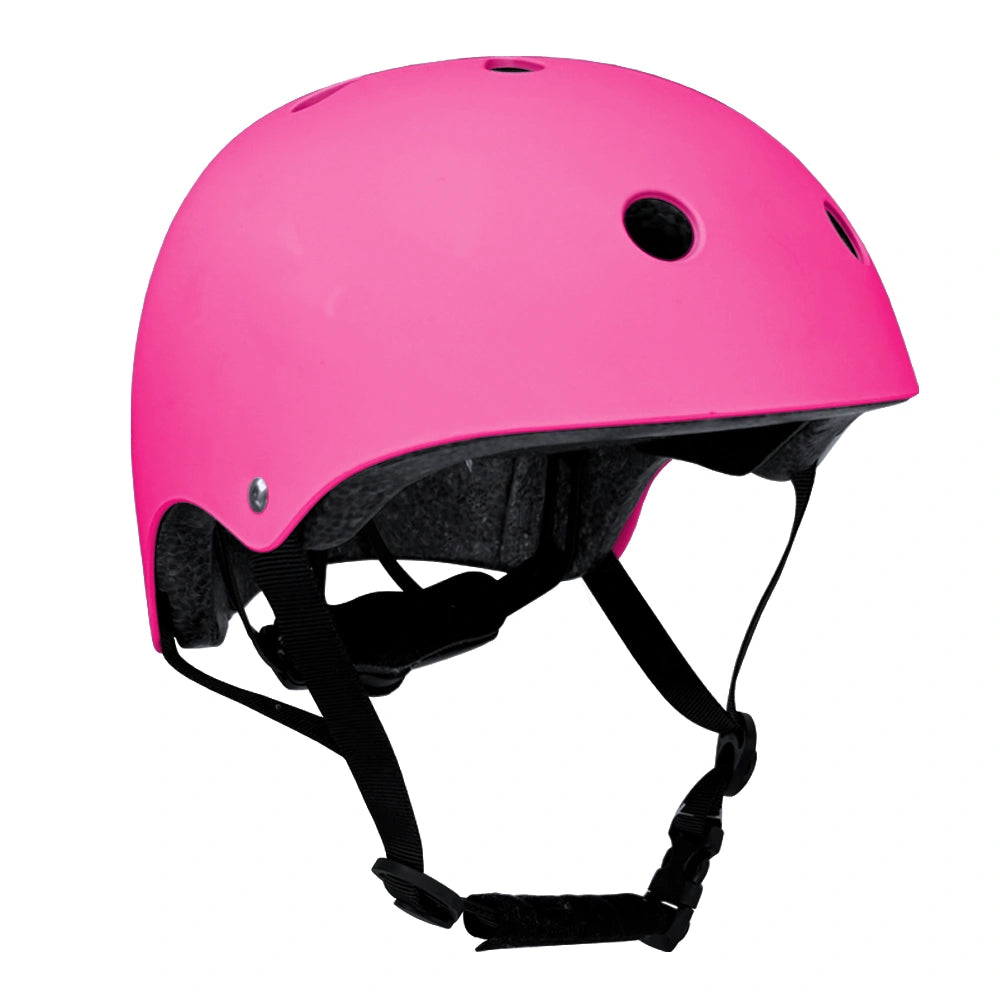Wearing a Helmet When Scooting
Every parent’s challenge is to introduce their children to the big wide world while taking reasonable steps to maintain safety. You can’t wrap them in cotton wool, but you can make them wear a helmet.
This certainly applies when they start using kids scooters, as they face the possibility of encountering traffic, pedestrians and cyclists. This is where they need to not only learn how to handle situations and take instructions for their own safety, but to wear the right equipment.
Kids Safety Helmet
The question of whether a kid’s safety helmet is the best thing to wear might seem a strange one. To most, it would appear to be obvious. It might not be mandatory in the way it is for adults on motorbikes, but surely it’s only sensible for kids?
However, it is worth noting there is an argument used in some quarters that putting on a helmet can make the wearer more complacent and therefore increases the chances of an accident, which can increase the chances of other kinds of injury even if the head is protected.
This argument has been made by the charity Cycling UK, which opposes making them compulsory for cyclists and has also said research shows drivers give more space to riders without them. It also argues they only offer limited protection anyway.
However, by understanding this argument it can be seen why this cannot apply to young children. Firstly, at a tender age, they will have less safety awareness than adults, so any comparative perception of risk based on whether or not they are wearing a helmet is not relevant.
Secondly, as they will mainly scoot on pavements or in parks, collisions with large vehicles will be much less of a risk than for cyclists on roads. This also negates any point about how much space drivers will give.
Moreover, the most relevant stat may have come from elsewhere. Data from the Hopkins Health Library in 2019 stated that children wearing helmets while using scooters will reduce the risk of a head injury by 85 per cent.
That sort of figure, plus the fact that children have softer skulls than adults, should be enough to answer the question.














